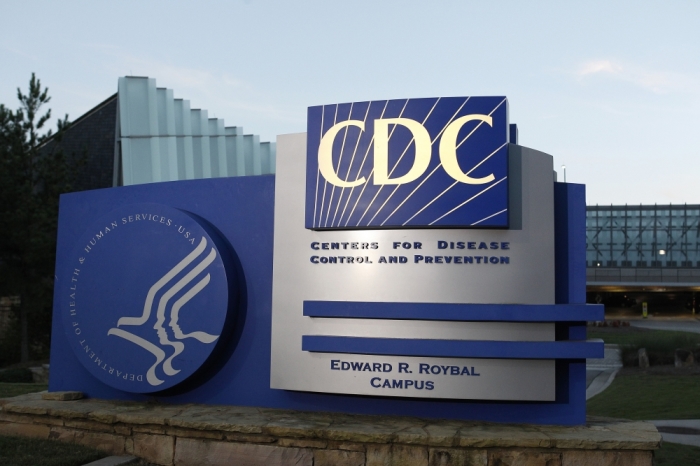CDC report: Abortions increased slightly in 2018

A new report from the Centers for Disease Control found that the number of abortions conducted in the United States rose slightly from 2017 to 2018, reversing a consistent decline that began in 2009.
The CDC’s annual Abortion Surveillance Report was released Friday. The most recent installment of the Abortion Surveillance Report, which documents “the number and characteristics of women obtaining legal induced abortions and number of abortion-related deaths in the United States,” includes data from 2018. Based on data collected from 47 states and New York City, the CDC found that a total of 614,820 abortions were performed in 2018.
This number represents a slight increase from the 609,095 abortions performed in the reporting areas in 2017. Adding in data from the District of Columbia brought the number of abortions performed in 2018 up to 619,591. In both 2017 and 2018, data from California, Maryland and New Hampshire was not included.
As explained in the report, “In 2017, the most recent year for which data are available through the Guttmacher Institute’s national survey of abortion-providing facilities, abortions performed in California, Maryland, and New Hampshire accounted for approximately 19% of all abortions in the United States.” Because reporting abortion data to the CDC is voluntary, the figures included in the report might not reflect the actual number of abortions performed in the U.S. in 2018.
Nationwide, the abortion rate, the number of abortions per 1,000 women, was measured at 11.3 in 2018. This represents a slight increase from 2017, when the abortion rate was 11.2. The abortion ratio, the number of abortions per 1,000 live births, was 189 in 2018, a slight increase from the abortion ratio of 185 in 2017.
Despite the increases in the number of abortions, the abortion rate and the abortion ratio , the numbers have declined overall since 2009. “From 2009 to 2018, the total number of reported abortions, abortion rate, and abortion ratio decreased 22% (from 786,621), 24% (from 14.9 abortions per 1,000 women aged 15-44 years), and 16% (from 224 abortions per 1,000 live births,) respectively,” the report noted.
“From 2009 to 2018, abortion rates decreased among all age groups, although the decreases for adolescents (64% and 55% for adolescents aged < 15 and 15–19 years, respectively) were greater than the decreases for women in all older age groups"
Only 31 of the reporting areas included information about the race and ethnicity of the women who had abortions. Based on the data available, the abortion rate was highest in the non-Hispanic black community, with 21.2 abortions per 1,000 women and 335 abortions per 1,000 live births. “In 2018, compared with non-Hispanic White women, abortion rates and ratios were 3.4 and 3.0 times higher among non-Hispanic Black women and 1.7 and 1.4 times higher among Hispanic women,” the report concluded.
The CDC report attributes the high abortion rate among non-Hispanic black women to “higher unintended pregnancy rates and a greater percentage of unintended pregnancies ending in abortion,” caused by inequitable “access to quality family planning services.”
Of all the reporting areas, the densely populated metropolis of New York City had the highest abortion rate, with 26.8 abortions per 1,000 women. The Big Apple also had the highest abortion ratio, with 457 abortions per 1,000 live births.
Sparsely populated South Dakota had the lowest abortion rate of the reporting areas, with 2.4 abortions per 1,000 women. South Dakota was also the reporting area with the lowest abortion ratio, with 32 abortions per 1,000 live births.
The report included data about abortion-related deaths dating back to 1973, when the Roe v. Wade Supreme Court decision legalized abortion nationwide. In 2017, the most recent year where such data is available, there were two abortion-related deaths reported to the CDC. Based on that figure, 2017 tied with 2011 as the year with the lowest number of abortion-related deaths.
The case-fatality rate, defined as “the number of legal induced abortion-related deaths per 100,000 reported legal induced abortions,” has also reached a record low. The report, which computed case-fatality rates for consecutive five-year periods between 1973 and 2017, found that the case-fatality rate was 0.44 from 2013 through 2017. In 1973-1977, by contrast, the case-fatality rate was 2.09.





























